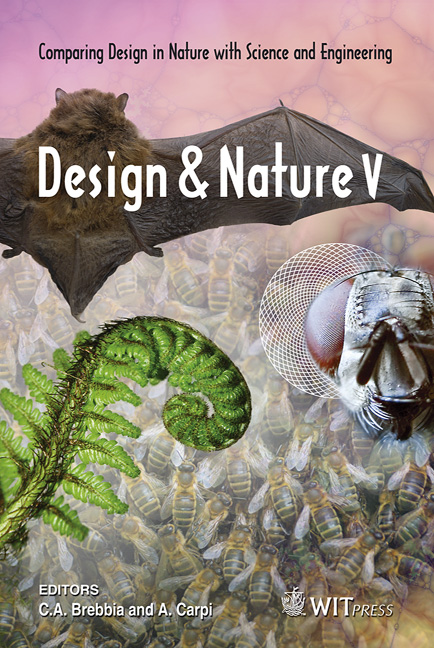Structural Morphology And Self-organization
Price
Free (open access)
Transaction
Volume
138
Pages
12
Page Range
29 - 40
Published
2010
Size
3,255 kb
Paper DOI
10.2495/DN100041
Copyright
WIT Press
Author(s)
E. Stach
Abstract
This paper categorizes self-organization processes in nature into four categories: physics, mathematics, statics, and mechanics—abstracting these processes into simplified analytical methods. It is also an investigation into some fundamental principles concerning the logic of form optimization in nature in relation to special and physical constraints. One of the chief aims of this study is to make a contribution towards a true and complete understanding of optimization processes in nature by dealing with these processes according to their origins, principles, processes, essential features and scope. It has been attempted to establish, both by argument and evidence, that the same optimization processes used in nature can be used in architecture. Keywords: structural morphology, self-organization, bionics, technology, architecture. 1 Introduction Morphology is the study of configuration or the structure of animals and plants [1]. Morphology explains the shapes and arrangements of parts of organisms in terms of such general principles as evolutionary relations, function, and development [2]. The objective of structural optimization is to maximize the performance of a structure or structural component. It is driven by limited resources, environmental impact and technological competition, which demand lightweight, low cost and height-performance structures. Optimal design means the best feasible design that satisfies the prescribed performance criteria. It is of great importance to find the best possible structural topology or layout for given design objectives and constraints at a very early stage of the design process (the conceptual and project definition phase). Thus, over the last decade, substantial and fundamental research efforts have been devoted to the
Keywords
structural morphology, self-organization, bionics, technology, architecture





